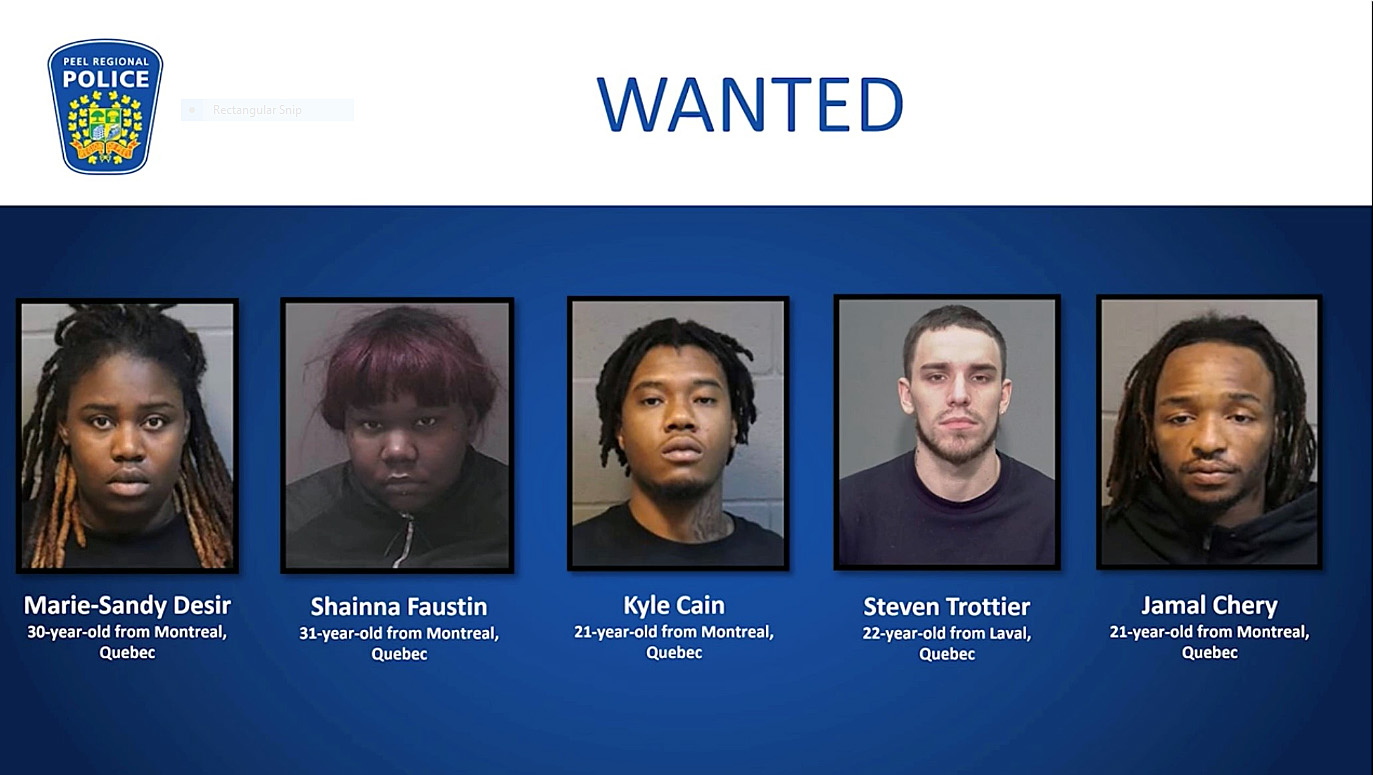Infra
People on board with new solution to Toronto traffic that would limit cars on city streets

Fixing Toronto’s gridlock is now so high on the political agenda that the Province is ripping out brand-new bike lanes in a misguided attempt to get people around the city quicker. But experts, leaders and average residents have a few other, less controversial solutions.
Implementing a congestion fee, ramping up traffic enforcement, expediting transit improvements and focusing on crafting complete communities across the GTA are a few of the measures that people have been imploring the government to focus on for years.
And, they are all especially relevant now amid what some see as a new war on non-car-centric infrastructure.
Doug Ford just got even tougher on Ontario bike lanes with new measures https://t.co/qZv8n4uMus
— blogTO (@blogTO) November 23, 2024
As the bike lane debate continues and the public prepares for the removal of paths along three major thoroughfares, there’s one strategy in particular that has gained support on social media, as it was just introduced in another major metropolis — to the celebration of many who see it as a potential model for other cities, including Toronto.
At the beginning of November, Paris put into effect new “limited traffic zones” within a 5.5 square kilometre area of the city’s bustling centre in an attempt to limit air and noise pollution, reduce the risk of accidents, and more.
The city’s tourism website notes that a whopping half of the 350,000 to 500,000 vehicles that travel through the core each day in peak season don’t even stop to visit businesses or use amenities within the zone, but are only using downtown roads as through routes.
“The City of Paris has chosen to prioritize quality of life in central Paris by introducing new regulations for traffic as this traffic has a major impact on the quality of life of Parisians and visitors to the city,” the page states.
Under the new rules, only those living and working in the zones, or visiting for shopping, activities, appointments, etc., can drive on streets within the zones, along with emergency and transit vehicles, taxis and those with mobility needs.
Though restricting some vehicle access to the city may seem like a bold move akin to the controversial congestion fee, it is just the latest in a series of steps that Paris has taken toward having less gridlocked, more “complete,” as Toronto would say, streets.
This gradual progression has made the latest development more palatable, says Vancouver-based urban planner and TODERIAN UrbanWORKS founder Brent Toderian, whose X post lauding the change last month amassed more than 2.2k reposts and hundreds of responses, many of them from people calling for a similar initiative in Southern Ontario.
“Paris started with periodic, strategic closures of key streets, then day-long closures of the entire city center, always in the context of the conversation about air quality, livability and noise, ” he explains to blogTO.
“They moved on to transforming street infrastructure and street priorities for urban biking, walkability and placemaking and saw success. They’ve gone step by step, had success after success, but each has built on the last. It’s a very smart way of doing it.”
He also points out that having an appreciation for what cities like Paris are doing — and like it, Ghent with its Circulation Plan and London with its congestion charge — doesn’t mean advocating for the same exact blueprint here.
A similarly phased approach that takes into account the obvious differences between locales as far as street and infrastructure design, the way goods get delivered each day, mobility needs, and most importantly, how roads are being used and our definitions of success, is key.
Magnifique! Tres excellent!
ABSOLUTELY OUTSTANDING AND A MODEL FOR OTHER CITIES!
— Carolyn C. Barthel (@carolyncbarthel) November 1, 2024
For London, that definition of success was simply having fewer cars clogging up inner city roads. For Paris, it was about changing the way people were using the downtown as a through route, recognizing the core is “not just something to move through as fast as possible,” and prioritizing the livability of those inner neighbourhoods.
“I put Paris’ idea out there because it’s an important conversation starter about rethinking what success looks like. It’s not taking what they’re doing now after their learning curve and thinking you can replicate it in a city that is still struggling with step one, not about going from Step A to Step F without going through B, C, D and E,” he says.
“The purpose of Paris’s zones is to address through traffic, and through that air quality, noise pollution, congestion, etc. But it’s really about through traffic. When I celebrate it, it’s not because I think cities should just copy the idea, [but] because the contexts are very different. Not only is the physical context different, but the understanding context is different.”
This is what @Toronto should be doing not what that @fordnation “speed my commute” wants.
— a_lonely_tree (@a_lonelytree) November 2, 2024
For Toronto, it’s key to emphasize that the goal is not to limit non-local suburban access to the city, and also to avoid language about “banning.”
“It’s important to understand that it’s never a ban. ‘Ban’ here is a lazy word, but limiting traffic is the right way to think about it. It’s about rethinking what’s what’s possible when you do things smartly. We need to have a smart conversation about what’s really inspiring about cities like Paris, and what cities like Toronto in their particular moment can learn from that.”










